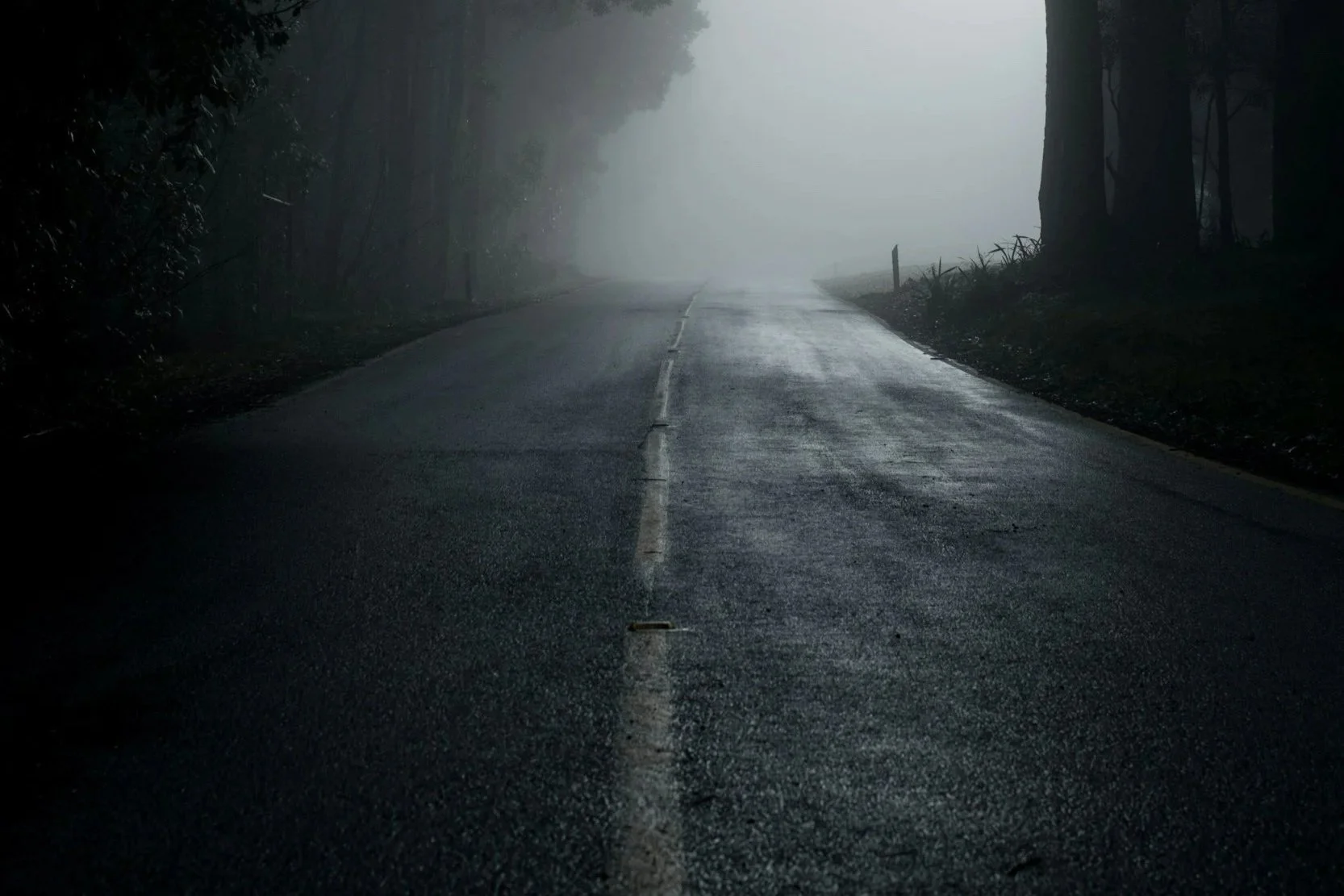From Shadows to Shivers: Spooky Storytelling Tips
The flicker of candlelight. The creak of a floorboard. The hush of something unseen. For as long as people have gathered in circles, we’ve told spooky stories to thrill, unsettle, and send shivers down the spine. And as Hallowe’en approaches, it feels like the perfect time to dive into what makes a story truly eerie.
Whether you’re writing spine-tingling fiction, experimenting with short stories, or simply want to add an unsettling edge to your work, spooky storytelling teaches us a lot about atmosphere, suspense, and the fine balance between fear and fascination.
Atmosphere is Everything
Sensory Details That Stick
The heart of a spooky horror story lies not in the monster, but in the mood. An empty hallway can be more unnerving than a growl in the dark in the right context. Use sensory detail - the scratch of branches on glass, the smell of damp earth, the weight of silence - to immerse readers. Stories are powerful, try to submerge your reader in the details. Use atmosphere and sensation to carve suspense into your story. The best chills are the slow, insidious ones that creep, quietly growing, wrapping themselves around your imagination.
The Power of the Unseen
Suggestion vs. Description
What we don’t see often frightens us more than what we do. Writers can build suspense and create atmosphere in fiction through allusion and subtle references. Suggestion leaves room for the reader’s imagination, and that’s where the most personal fears live. Think of classic ghost stories, where the hint of movement in a mirror or an unexplained sound lingers long after the page is turned. Those undefined but urgent ‘what-will-happen-next’ moments often linger longest. Let absence, shadows, and unanswered questions do some of the work for you.
Character Vulnerability
Flaws That Heighten Fear
Fear lands hardest when it has a human heart to strike. Consider your favourite scary stories and the moments that most stand out. Readers connect not to the storm outside the window, but to the person cowering beneath the blankets. Give your characters flaws, doubts, and secrets. Let them hesitate, second-guess, or misinterpret what they’re experiencing. Let them get things wrong. Their vulnerability makes the fear believable - and makes the reader lean closer.
Pacing and Silence
Build Suspense With Rhythm & Silence
Suspense builds in waves. The rhythm of your sentences can echo a racing pulse or a held breath. A knife-edge. Or a longer, drawn-out moment as the text wraps layers like shadows in fog. Use shorter lines to quicken the pace, then pause. Longer sentences work to lower the tension. A well-timed silence can be as loud as a scream. Consider the reader’s heartbeat as part of your toolkit: speed it up, then let it stutter in the quiet. Embrace your powers of manipulation with your scary story writing.
Tip: Short sentences quicken the pace. Longer sentences reduce tension. Pause strategically to make suspense hit harder.
Twists, Reveals, and Lingering Unease
Leave Readers With Lasting Unease
Not all spooky stories end with a monster jumping out. Sometimes the most powerful ending is the one that leaves readers uneasy. A door left open. A character who was never really alone. A question that lingers long after the story ends. The best chills follow us into the light, and then linger.
Spooky storytelling is more than jump scares - it’s about atmosphere, ambience, emotion, and the thrill of (safe) fear. From ghostly tales whispered around a fire to psychological horror on the page, these stories remind us why we crave the unknown.
What spooky stories shaped your love of reading or writing? Share your favourites in the comments or connect with Read Write Geek on social media.



